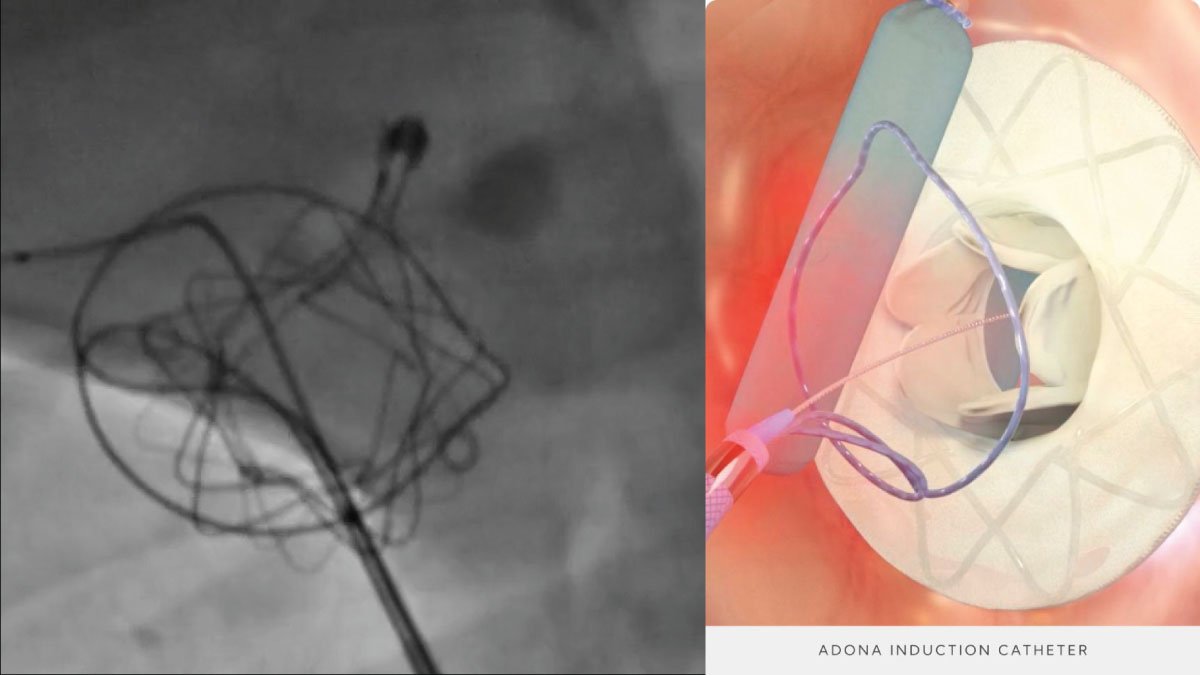Anaphylaxis Treatment Confusion Persists for Patients and Responders

Quick Read:
Confusion surrounding the treatment of anaphylaxis impacts individuals with allergies, their families, and those on the front lines of emergency medical services, making it harder to provide prompt and efficient care. Latest studies underscore the urgent requirement for better training and more straightforward guidelines in managing anaphylaxis, which could lead to more successful therapies and emergency equipment.
Overcoming Anaphylaxis Treatment Confusion: Grasping the Complexity
A recent investigation has highlighted that the understanding of anaphylaxis treatment is still lacking, particularly among patients, their families, and first responders. Anaphylaxis, a severe allergic reaction that can be life-threatening, demands swift action with epinephrine. Yet, there are still doubts about recognizing symptoms and correctly using the medication, which hampers the efficiency of emergency interventions.
The Benefits of Clear Guidelines and Possible Approaches for Anaphylaxis Treatment Confusion
A key benefit of having more explicit anaphylaxis treatment guidelines is the ability to respond more quickly and accurately with the right amount of epinephrine. For those involved, this could mean avoiding situations that worsen the reaction. For emergency workers, having standard procedures reduces the time spent in doubt about how to proceed with treatment. Experts are pushing for innovative solutions, such as pre-loaded epinephrine injectors that provide step-by-step instructions, aiming to cut down on mistakes and make care more efficient.
The Use of Technology in Anaphylaxis Management
New technologies are emerging to assist individuals dealing with anaphylaxis, especially through wearable and portable autoinjectors. These tools are being developed to work in conjunction with mobile apps, offering users visual and audio cues for administering doses on the spot. Future possibilities might include artificial intelligence for analyzing patient information during emergencies, helping to quickly determine if epinephrine is necessary. Such progress could significantly improve results by making the decision-making process easier and speeding up treatment in stressful situations.
Paths Forward in Anaphylaxis Treatment
Further research into the challenges of anaphylaxis treatment could lead to improvements in educational programs, medical devices, and training for emergency situations. Future strategies might include AI-powered devices to identify early signs and administer medication before the condition worsens. Better training and certification for caregivers and patients could also help in reducing delays in treatment, leading to more dependable care.
Conclusion
The latest research highlights significant issues in anaphylaxis treatment, especially among those responsible for providing life-saving care. By refining guidelines, expanding education, and investing in smart medical technology, the healthcare sector can tackle the current confusion and ensure quicker, more effective responses to anaphylactic emergencies. With the right approach, these advancements could revolutionize how anaphylaxis is managed for everyone involved.




















